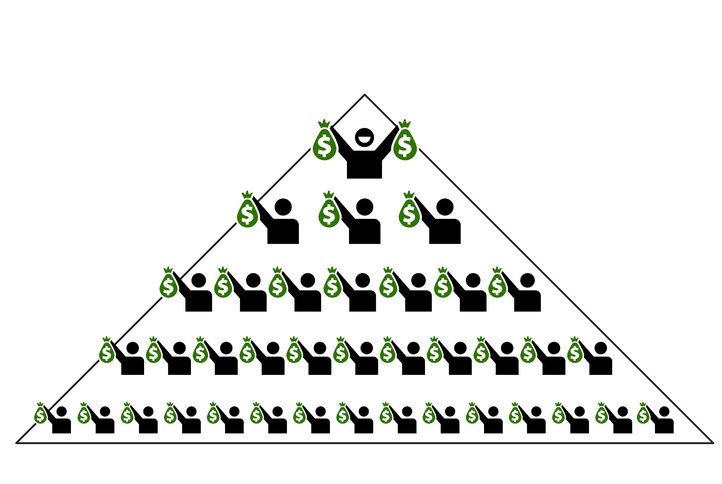Every mutual fund scheme is mandated to show its riskometer in official documents, giving investors a clear view of the scheme’s risk profile.
Also Read | Consumption theme based mutual funds offer up to 18% return in 6 months. Will GST reforms be a game-changer?
What is a mutual fund riskometer?
The riskometer is a standardised risk measurement scale introduced by the market regulator Securities and Exchange Board of India (Sebi) for mutual fund schemes. The riskometer is a visual tool displayed on every mutual fund scheme’s factsheet and promotional material.
In other words, As per regulatory norms, all MF schemes have to display the riskometer upfront and clearly so that investors know the risk associated with that particular fund.
The level of risk associated with a mutual fund is categorised into six levels:
Low Risk – Funds that come under this risk category are mainly suitable for investors who are willing to take minimal risk. Typically, the returns in this category are low. Overnight funds and arbitrage funds come under this category.Low to Moderate Risk – Funds under this category are best suited for investors who have a medium to long term view and are willing to take a small risk. Typically, debt mutual funds such as ultra short duration and money market funds come under this category.Moderate Risk – Funds under this category are suitable for investors who are ready to take moderate risk to earn slightly higher returns. Medium term funds, corporate bond funds, and banking and PSU funds come under this category.Moderately High Risk – Funds under this category are meant for investors who are ready to accept some uncertainty and greater volatility with the objective of achieving higher returns. Equity savings funds and credit risk funds come under this category.High Risk – Funds under this category are meant for aggressive investors who are willing to take high risks with an objective of maximising their gain and know that there are chances of loss. Gold and silver funds which can be volatile come under this category.Very High Risk – Funds under this category are extremely risky that invest in domestic stocks or international stocks and are typically meant for investors who are wanting to take high risk to earn high returns. Equity funds, equity and bond funds, sectoral funds, dynamic asset allocation funds and international funds fall under this category.Also Read | 35 equity mutual funds complete over 25 years in 2025. How much returns did they offer?Mutual fund houses evaluate the level of risk associated with any fund at the end of each month. It considers the securities in which the scheme invests along with the AUM as on the last day of each month.As per the regulatory guidelines, the underlying securities of a fund are assigned a value of parameters like volatility and other parameters based on which the level of risk associated with the fund is determined.The riskometer of the fund can be seen on the first page of the new fund application form, scheme information document (SID), key information memorandum (KIM), and in the other scheme advertisements.
Why the riskometer matters
Aligns with your risk appetiteNot all investors can handle volatility. For someone close to retirement, a “very high risk” fund may not be suitable, while a young investor may be comfortable riding out market swings.Helps in setting realistic expectationsA riskometer reading of “high” or “very high” indicates that returns may fluctuate significantly. This prevents disappointment when markets correct.Ensures compliance and transparencySince SEBI mandates fund houses to update the riskometer monthly, it gives investors an up-to-date snapshot of how risky a scheme really is, based on its portfolio composition.Aids in portfolio diversificationBy checking the risk levels of different funds, investors can build a well-diversified portfolio—mixing low-risk debt funds with high-risk equity funds to balance growth and safety.Guides long-term planningThe riskometer helps investors select funds suited for their financial goals. For instance, wealth creation over 10–15 years may justify investing in “very high risk” funds, but saving for a child’s tuition in three years may call for “low risk” options.If there is any change in the riskometer of the fund, the fund house has to send the communication to investors by publishing it on its website, in newspapers, and sending emails or SMS to the unitholders or investors.
While returns may tempt you, always remember: risk and return go hand in hand. The mutual fund riskometer is not just a regulatory requirement—it is a powerful guide that helps investors choose funds aligned with their goals and comfort with volatility.



























